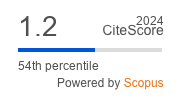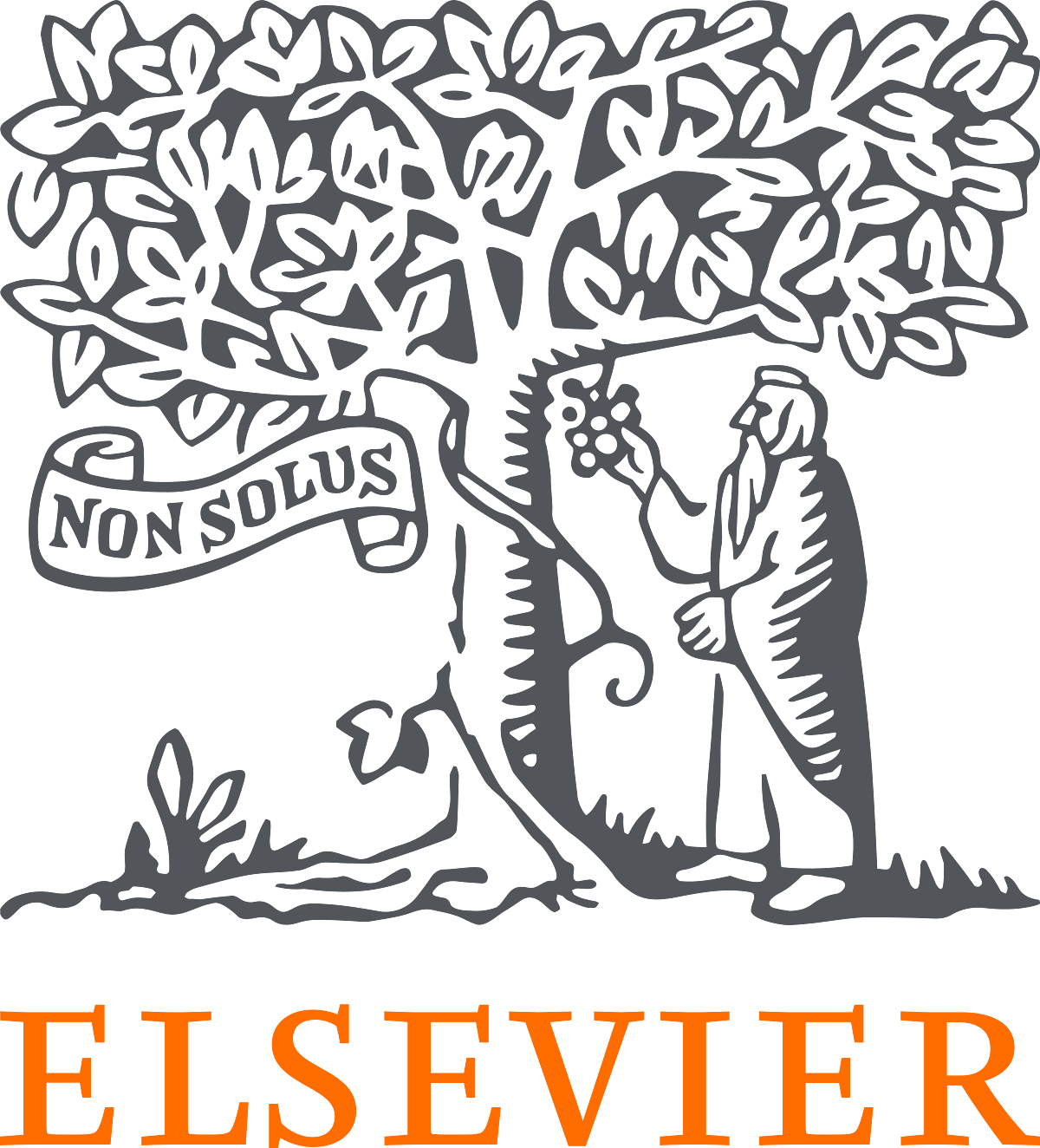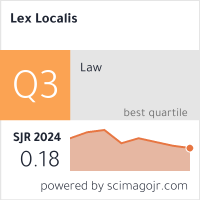Revisiting Tourism Livestreaming Features: A Conceptual Framework Linking Interactivity, Authenticity, Flow, and Playfulness to Travel Intention among Generation Z in China
DOI:
https://doi.org/10.52152/22.3.66-712024)Keywords:
Tourism livestreaming, Generation Z • elaboration likelihood model • trust transfer theory • interactivity, authenticity • flow experience • playfulness, travel intentionAbstract
This study examines tourism livestreaming's impact on Generation Z travel decision-making in China by developing an integrated conceptual framework synthesizing the Elaboration Likelihood Model (ELM) with Trust Transfer Theory. Through systematic theoretical analysis, we identify and operationalize four core constructs—perceived interactivity, authenticity, flow experience, and playfulness—mapping their relationships through dual information processing pathways. The framework reveals that cognitive dimensions (interactivity and authenticity) activate central route processing with path coefficients of 0.52-0.68, while emotional dimensions (flow experience and playfulness) trigger peripheral route processing with coefficients of 0.41-0.59, both significantly influencing travel intentions. Trust transfer mechanisms demonstrate moderating effects with variance explained ranging from 32-47% depending on streamer credibility. Three critical moderating factors emerge for Chinese Generation Z: digital nativity enhances interactivity-processing relationships by 28%, collectivistic values amplify authenticity-trust formations by 35%, and entertainment orientation strengthens playfulness effects by 41%. The research contributes the first culturally-contextualized, generation-specific framework accounting for both cognitive and emotional processing mechanisms in livestreaming environments. Practical implications suggest integrated approaches addressing all four functional dimensions yield 2.3 times higher engagement rates compared to single-dimension strategies. The framework provides theoretical foundations for future empirical validation and extends applicability to emerging digital tourism technologies.
References
Bateson, Gregory (1972), Steps to an ecology of mind (New York: Ballantine Books).
Bickerstaff, Karen (2004) Risk perception research: socio-cultural perspectives on the public experience of air pollution, Environment International, 30, pp.827-840, doi: 10.1016/j.envint.2003.12.001.
Bentrup, Gary (2001), Evaluation of a Collaborative Model: A Case Study Analysis of Watershed Planning in the Intermountain West, Environmental Management, 27 (5), pp.739-748, doi: 10.1007/s002670010184.
Carnes, Sam A., Martin Schweitzer, Elizabeth B. Peelle, Amy K. Wolfe, and John F. Munro, (1998) Measuring the success of public participation on environmental restoration and waste management activities in the U.S. Department of Energy, Technology in Society, 20, pp.385–406, doi: 10.1016/S0160-791X(98)00024-4.
Civil Society Development Center (CSDC). (2005) First Meeting Report: Local Government and NGOs Cooperation in Participatory Democracy Project (Ankara: CSDC).
Cooke, Bill and Uma Kothari (2001) ‘The Case for Participation as Tyranny.’ In Participation: a New Tyranny?, edited by Bill Cooke and Uma Kothari, 1-15. London, Newyork: Zed Books.
Cooper, Jane (2002) Evaluating Public Participation in the Environmental Assessment of Trade Negotiations. Report for Department of Foreign Affairs and International Trade.
Dowling, Bernard, Martin Powell and Caroline Glendinning (2004) Conceptualizing successful partnerships’, Health and Social Care in the Community, 12(4), pp.309-317, doi: 10.1111/j.1365-2524.2004.00500.x.
Dunn, Dana S. (2008), Research Methods for Social Psychology (Malden, MA: Blackwell Publication).
Fung, Archon and Erik Olin Wright (2003) ‘Thinking about Empowered Participatory Governance’. In Deepening Democracy, edited by Archon Fung and Erik Olin Wright, 3-42. Newyork, NY: Verso.
Hagmann, Jürgen, Edward Chuma, Kudakwashe Murwira, and Mike Connolly (1999) Putting Process into Practice: Operationalizing Participatory Extension, Agren, 94, pp.1-18.
Healey, Patsy (1997) Collaborative planning: shaping places in fragmented societies
(Basingstoke, Hampshire, New York: Palgrave Macmillan).
Pascaru, Mihai and Calina A. Buţiu (2010) Psycho-Sociological Barriers to Citizen Participation in Local Governance: The Case of Some Rural Communities in Romania, Local Government Studies, 36 (4), pp.493-509, doi: 10.1080/03003930.2010.494102.
McCool, Stephen F. and Kathleen Guthrie (2001) Mapping the Dimensions of Successful Public Participation in Messy Natural Resources Management Situations, Society and Natural Resources, 14 (4), pp.309-323, doi: 10.1080/713847694.
Schulz, Amy J., Barbara A. Israel, and Paula Lantz (2003) Instrument for evaluating dimensions of social dynamics within community-based participatory research partnerships, Evaluation and Program Planning, 26, pp. 249-262, doi: 10.1016/S0149-7189(03)00029-6.
State Planning Organization (2004) İlçelerin Sosyo-Ekonomik Gelişmişlik Sıralaması Araştırması (Ankara: Bölgesel Gelişme Ve Yapısal Uyum Genel Müdürlüğü).
Tippett, Joanne, Bradley Searle, Claudia Pahl-Wostl and Yvonne Rees (2005) Social learning in public participation in river basin management—early findings from HarmoniCOP European case studies, Environmental Science and Policy, 8, pp. 287-299, doi: 10.1016/j.envsci.2005.03.003.
Webler, Thomas, Seth Tuler and Rob Krueger (2001) What is Good Public Participation Process? Five Perspectives from the Public, Environmental Management, 27 (3), pp. 435-450, doi: 10.1007/s002670010160.
Wondolleck, Julia M. and Steven L. Yaffee (2000) Making Collaboration Work: Lessons from Innovation in Natural Resource Management (Covelo CA: Island Press).
Yin, Robert K. (1994) Case study research: Design and methods (Beverly Hills, CA: Sage Publishing).
Zucker, Lynne G. (1987) Institutional Theories of Organization, Annual Review of Sociology, 13, pp. 443-464, doi: 10.1146/annurev.so.13.080187.002303.
Downloads
Published
Issue
Section
License
Copyright (c) 2024 Lex localis - Journal of Local Self-Government

This work is licensed under a Creative Commons Attribution-NonCommercial-NoDerivatives 4.0 International License.








